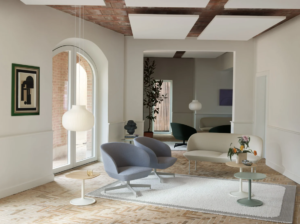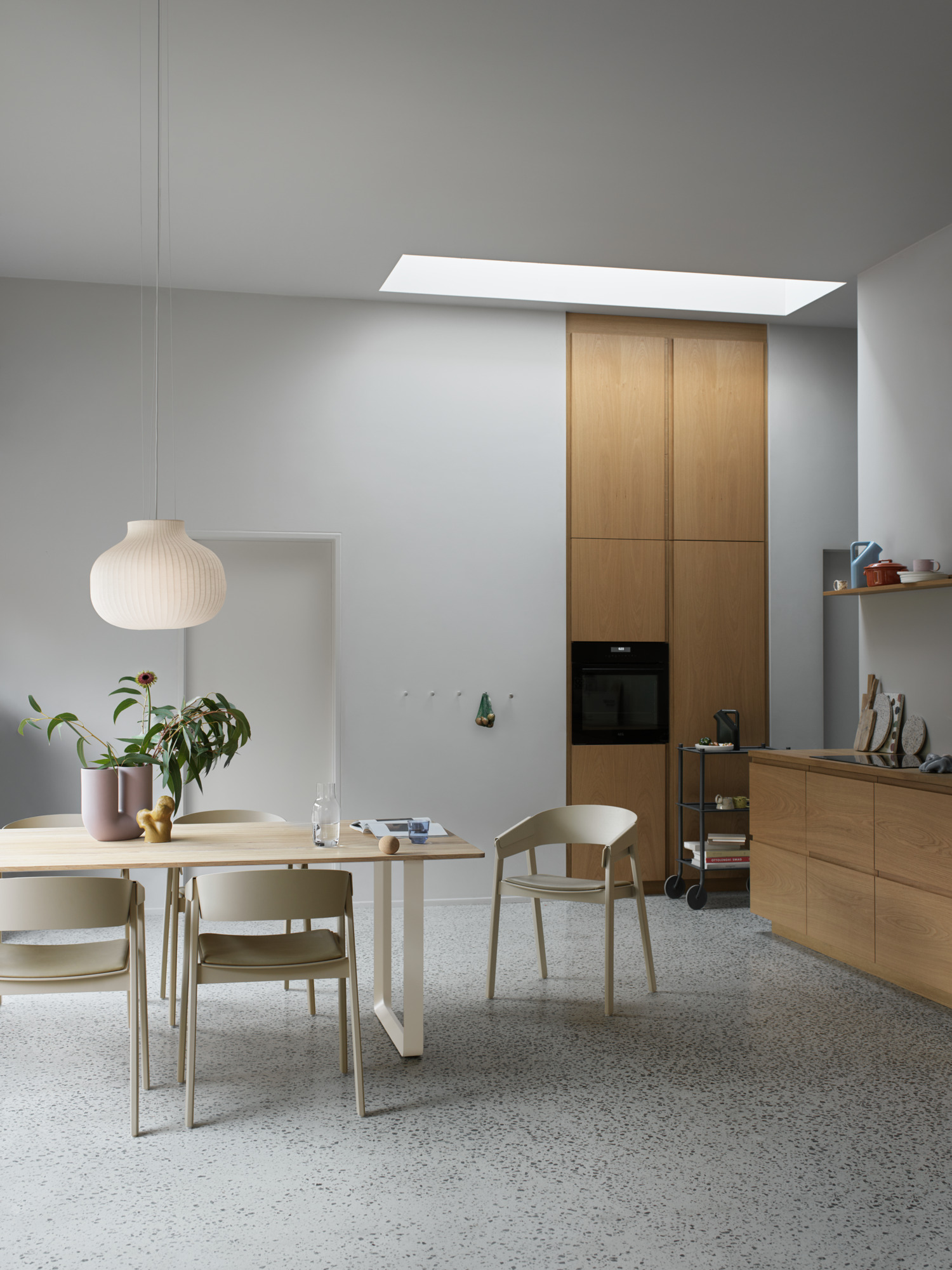
Scandinavian Furniture Design: Exploring Modern Nordic Elegance
Dive into the World of Scandinavian Elegance
The Scandinavian furniture is a harmonious blend of functionality and aesthetics.
Rooted deep in the Nordic ethos, Scandinavian furniture design stands as a testament to minimalism, sustainability, and innate beauty. With a rich Scandinavian furniture history spanning centuries, the evolution from its earliest forms to contemporary design showcases the region’s commitment to craftsmanship. Delve with us into an enriching journey to explore this timeless design philosophy and uncover the secrets behind its global acclaim. Whether you’re a design enthusiast or a curious reader, this guide aims to shine a light on the allure and nuances of modern Scandinavian design.
Historical Roots of Scandinavian Design: Tracing the Nordic Legacy
The rich tapestry of Scandinavian design has its threads intricately woven with the distinct Nordic environment and cultural legacy. This intertwining has crafted the unique ethos of Scandinavian furniture design. Let’s embark on a journey to uncover its origins.
Inspired by Nature: The Nordic Landscape’s Role
The peaceful views, dense forests, and clear seasonal changes of the Nordic region have strongly influenced Scandinavian furniture and Nordic design furniture. With a climate featuring cold winters and short, bright summers, there came a deep respect for natural materials and light. This environment has inspired designs that are cosy and practical, capturing the essence of Nordic furniture.
Societal Values Reflected in Design
The societal values of the Nordic region, such as equality, simplicity, and well-being, are reflected in Scandinavian design. These values have led to the creation of Scandi furniture that is not only visually appealing but also functional, ensuring it is accessible to everyone.
Aesthetic Evolution: Merging Tradition with Modern Trends
The journey of Scandinavian furniture design has smoothly moved from detailed, traditional styles to simple, modern shapes. While its foundation is firmly based on minimalism and practicality, modern Scandinavian design has welcomed global influences, new technology, and active lifestyles. The result? The iconic modern Scandinavian furniture design that effortlessly combines minimalism with functionality, which the world admires today.
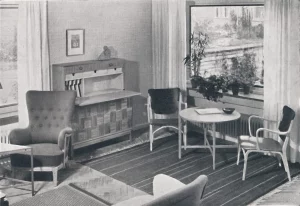
Iconic Scandinavian Furniture Pieces: The Timeless Classics
The Wishbone Chair was Crafted by Hans J. Wegner in 1949, its Y-shaped backrest celebrates skilled craftsmanship and organic form.
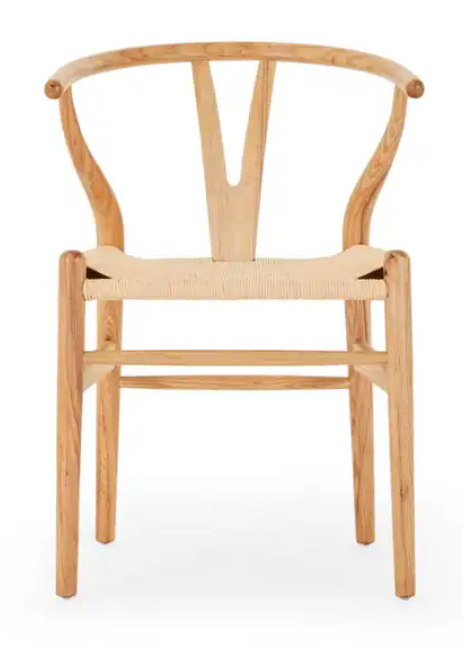
The Egg Chair Arne Jacobsen’s 1958 creation, boasts enveloping curves, blending comfort with avant-garde design.
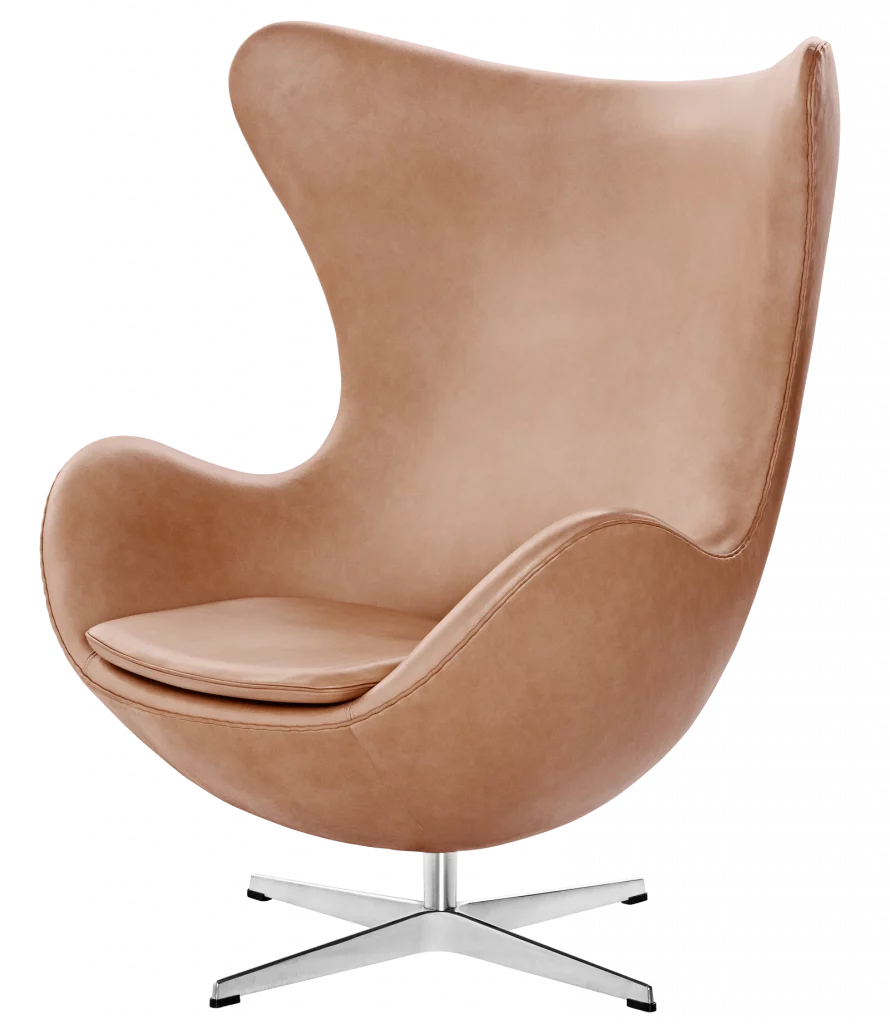
The Poäng Armchair Noboru Nakamura’s 1976 design for IKEA; epitomizes affordability, modern lines, and comfort.
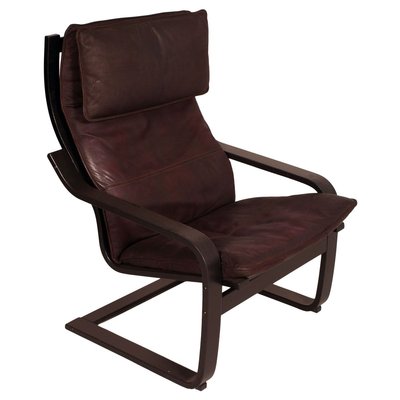
Panton Chair Designed by Verner Panton in 1960, this one-piece plastic, S-shaped chair emphasizes futuristic functionality.
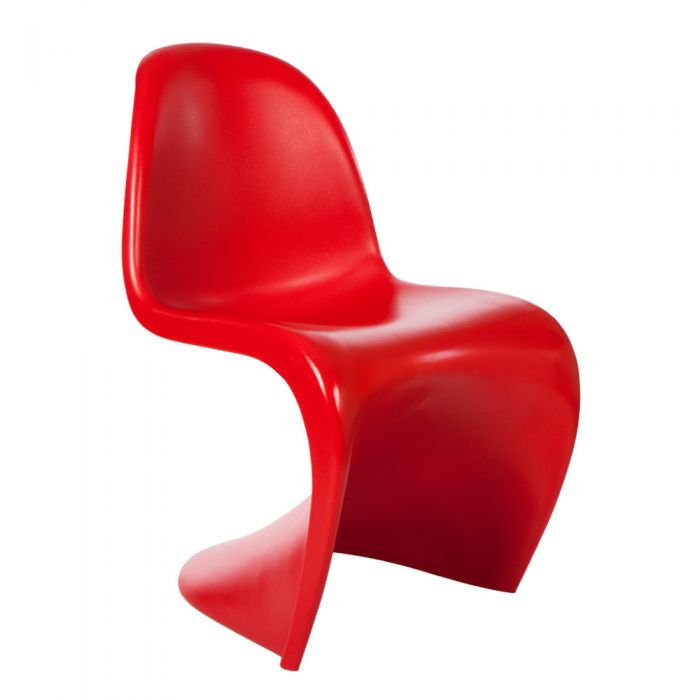
The Aalto Stool 60 Alvar Aalto’s 1933 design: a three-legged stool, simple yet versatile, often used as a table.
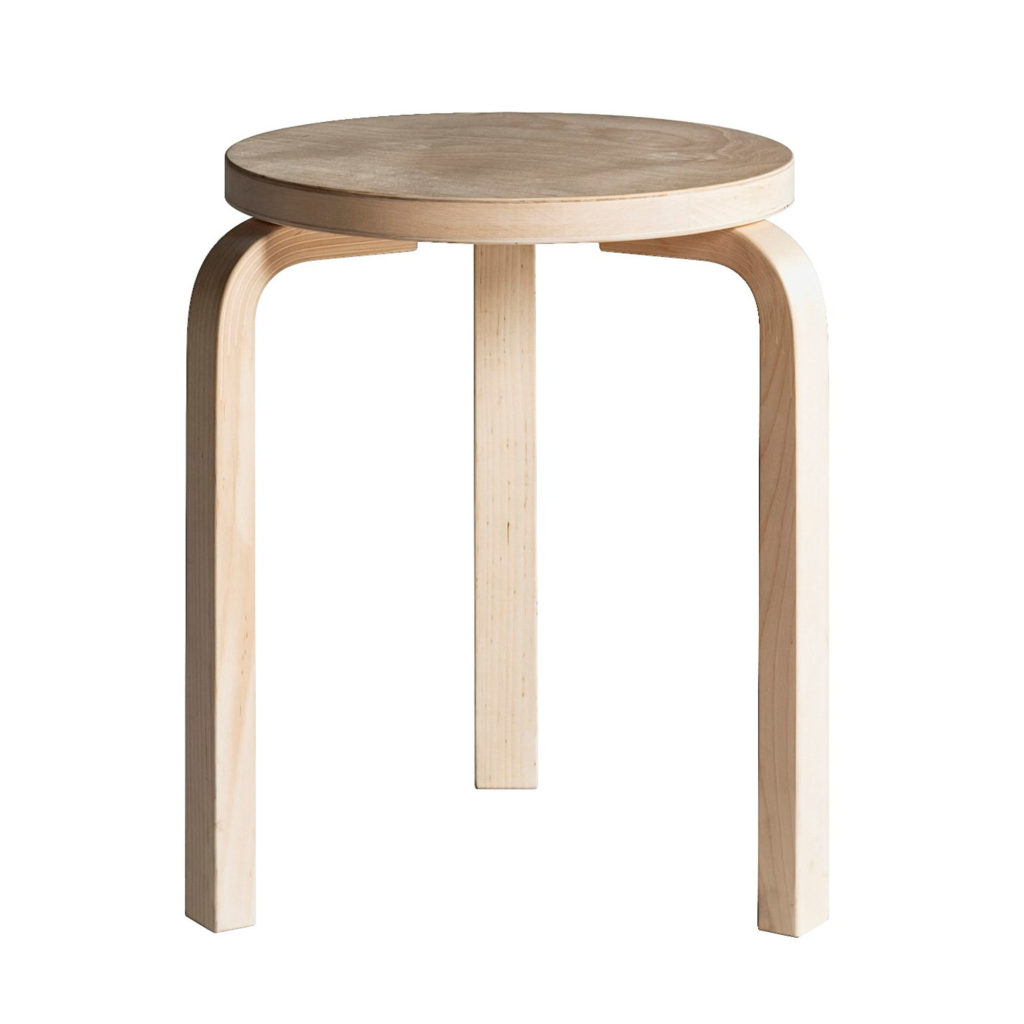
The PH Artichoke Pendant Lamp Poul Henningsen’s 1958 creation with unique “leaves” offers glare-free light, making a bold statement.
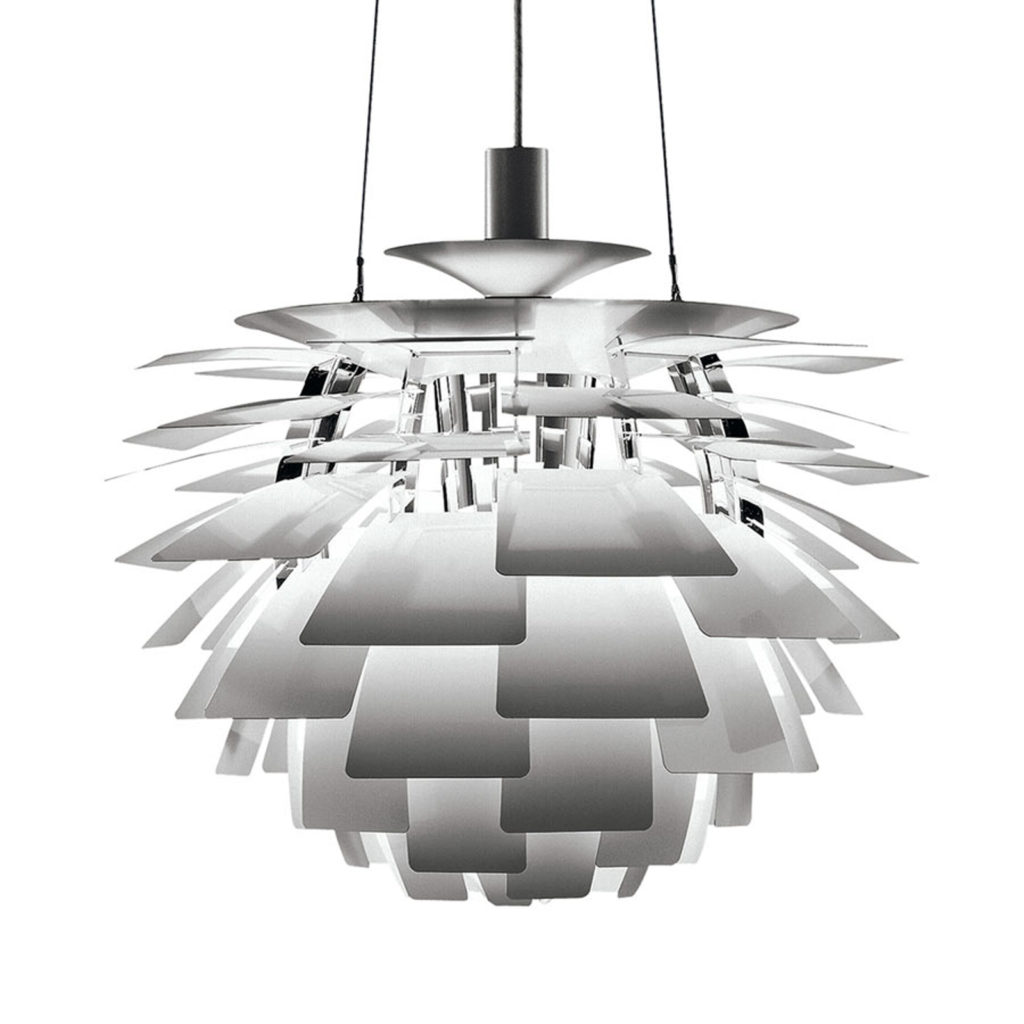
The PK22 Lounge Chair is Poul Kjærholm’s 1956 masterpiece; its minimal steel frame and leather seat echo modernity.
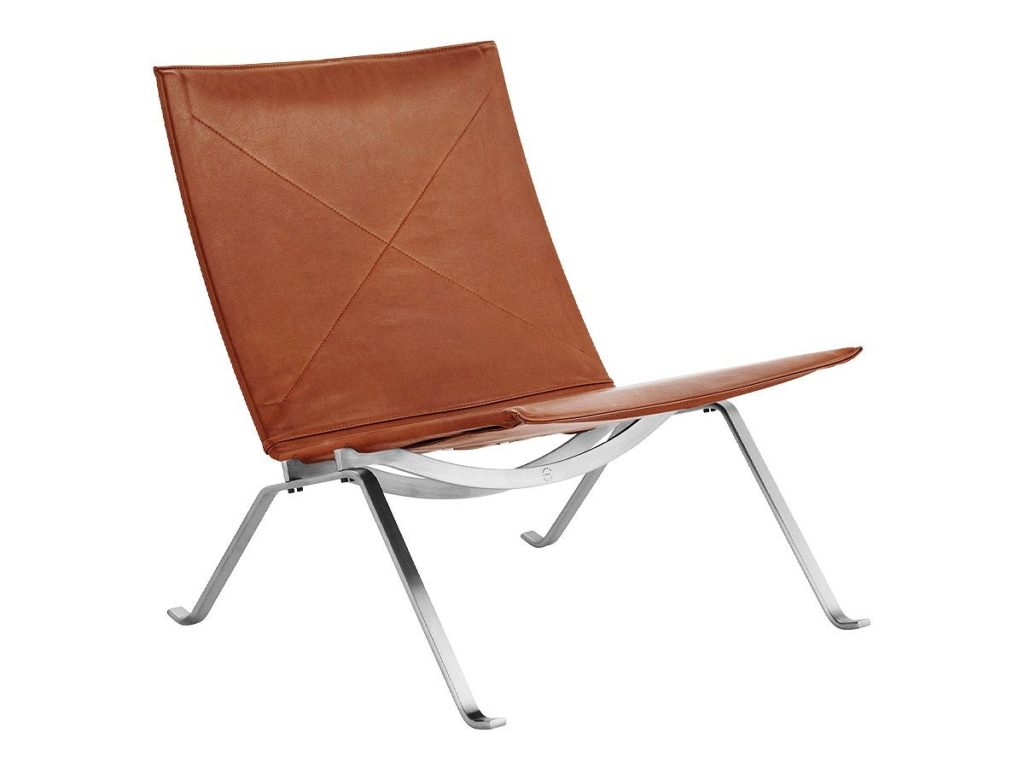
The String Shelving System Nils Strinning’s 1949 design: a modular system embodying Scandinavian functionality and simplicity.
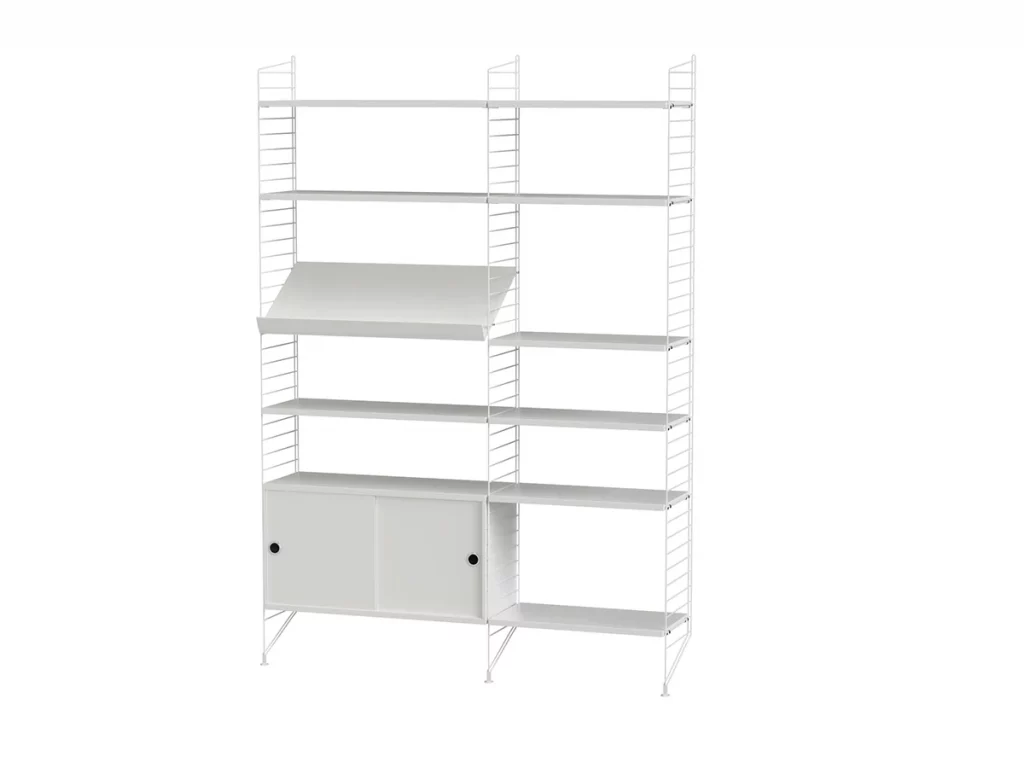
The Tulip Table Eero Saarinen’s 1956 vision; is a table with a pedestal base, resolving traditional design clutter.

The Lovö Mirror Uno and Östen Kristiansson’s 1960s design: an organic teardrop-shaped mirror, iconic in Scandinavian homes.
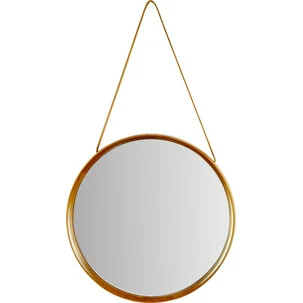
Sustainability in Scandinavian Design: Merging Beauty with Responsibility
Scandinavian design, deeply rooted in the values of the Nordic regions, is a model of sustainability and conscious living. This design approach strongly supports eco-friendly materials, especially sustainably sourced wood and textiles found in Scandinavian furniture and Nordic design furniture. The production process not only focuses on looks but also uses methods that reduce waste, save energy, and lower carbon footprints. In Scandinavian design, every choice combines visual appeal with ethical responsibility.
Central to Scandinavian design furniture is the idea of durability. Thus, it stands out in today’s fast-paced consumer culture. Each carefully crafted piece shows enduring style and functionality, encouraging consumers to choose wisely and invest in items that last a long time.
Furthermore, the heart of this design focuses on purpose and simplicity, promoting a culture of mindful consumption. Every piece, whether it’s Scandi furniture or a Nordic house furniture item, has a well-defined purpose, curtailing the lure of superfluous acquisitions. This design story supports items that are valued, well-maintained, and have the quality of heirlooms, strengthening the ideals of sustainable living.
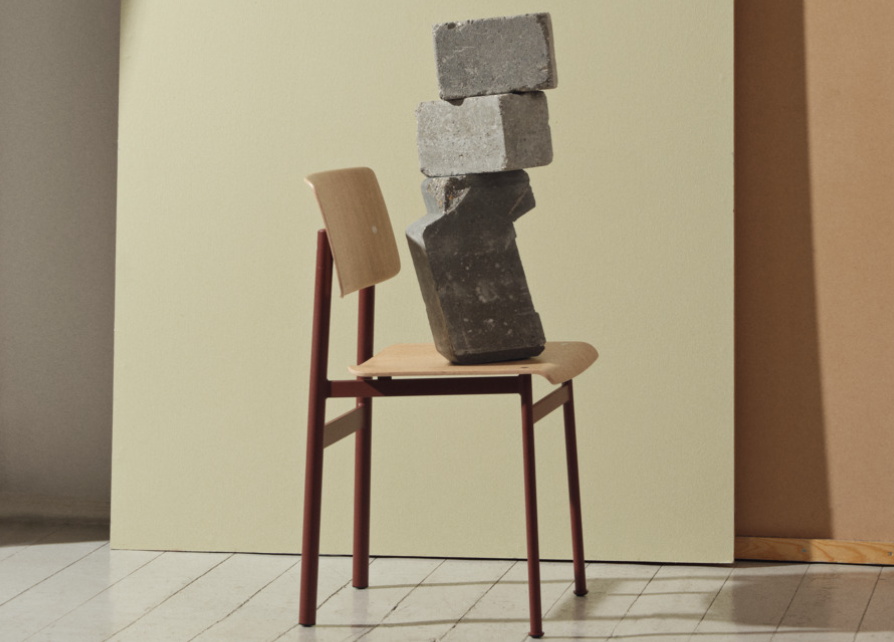
Scandinavian Design in Global Context: A Universal Appeal
Scandinavian design’s simple charm has deeply influenced interior design around the world. From New York’s city homes to Tokyo’s calm corners, its impact is clear. Soft colors, clean lines, and natural materials define this style. It appeals to modern urban lifestyles everywhere, combining beauty with practicality.
The flexibility of Scandinavian design allows it to mix well with other styles. For example, combining it with Japanese design created ‘Japandi’, blending the best of both. Whether in a rustic farmhouse or an industrial loft, its elements fit perfectly. In today’s busy world, the universal appeal of Scandinavian design stands out.
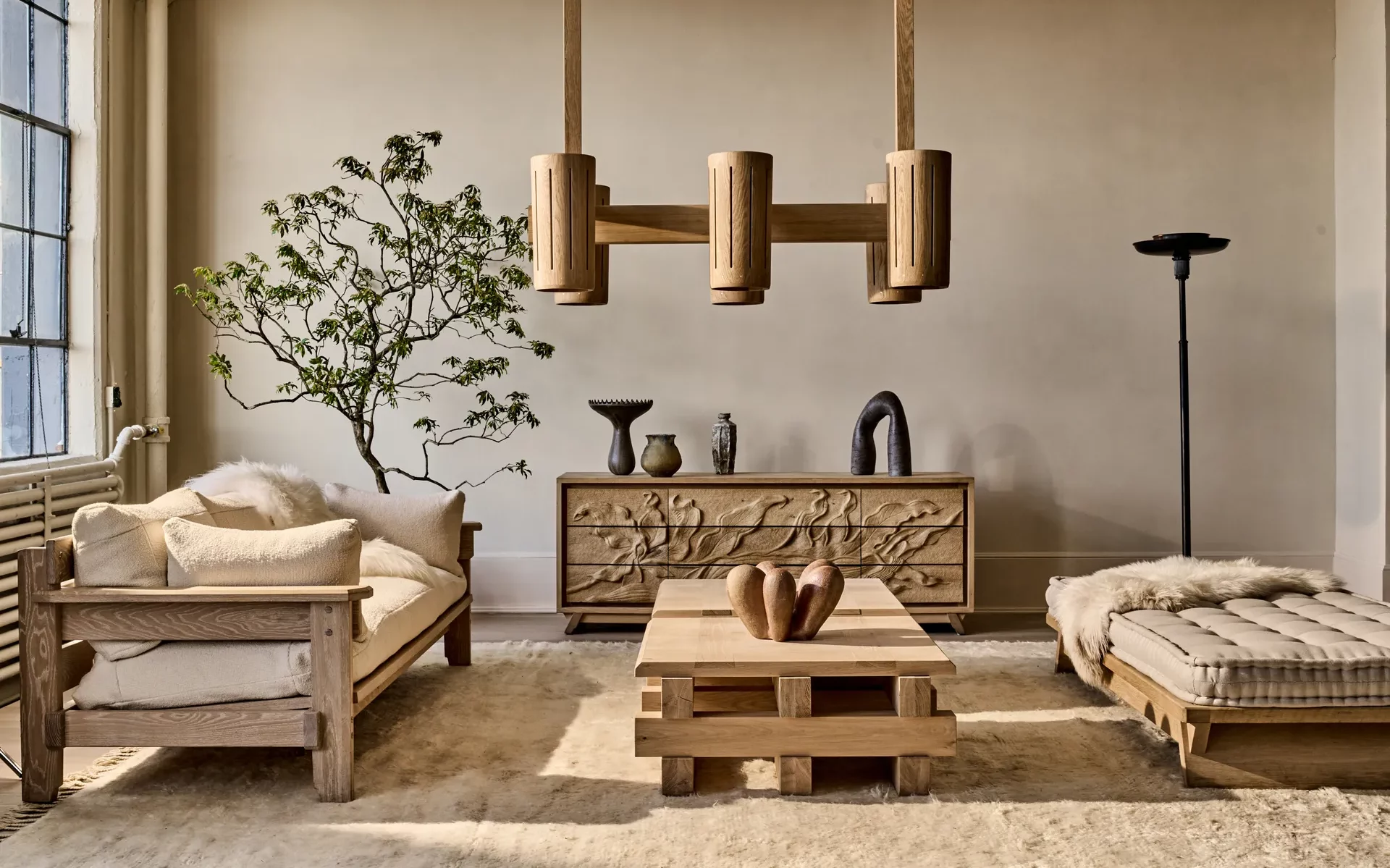
The Future of Scandinavian Furniture Design: A Contemporary Evolution
As we gaze into the horizon of Scandinavian furniture design, we observe an evolution driven by technological advancements and the ever-changing preferences of consumers. The core principles of functionality and simplicity remain intact, but new facets are continually being added to this rich design tapestry.
Emerging Design Trends: Future Scandinavian design is increasingly influenced by sustainable practices and eco-friendly choices. Designers are experimenting with recycled materials, furthering the Nordic commitment to nature and the environment. Additionally, the lines between indoor and outdoor living are blurring, with designs that effortlessly transition between these spaces.

Influence of Technology: With the rise of smart homes and connected devices, Scandinavian furniture isn’t immune to technological integration. We’re witnessing pieces that meld traditional design with modern tech, like tables with wireless charging or sofas embedded with smart sensors. Yet, the incorporation is so seamless that the tech doesn’t overshadow the design but enhances its functionality.
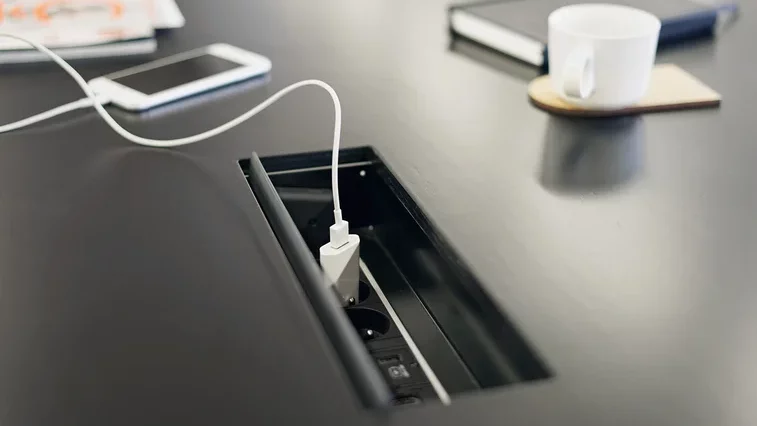
Adapting to Consumer Preferences: Today’s consumers desire personalization and uniqueness. As a response, Scandinavian designs are showcasing more customizable elements, from modular furniture pieces to variable colour palettes. This allows homeowners to add a personal touch while still adhering to the broader design philosophy.
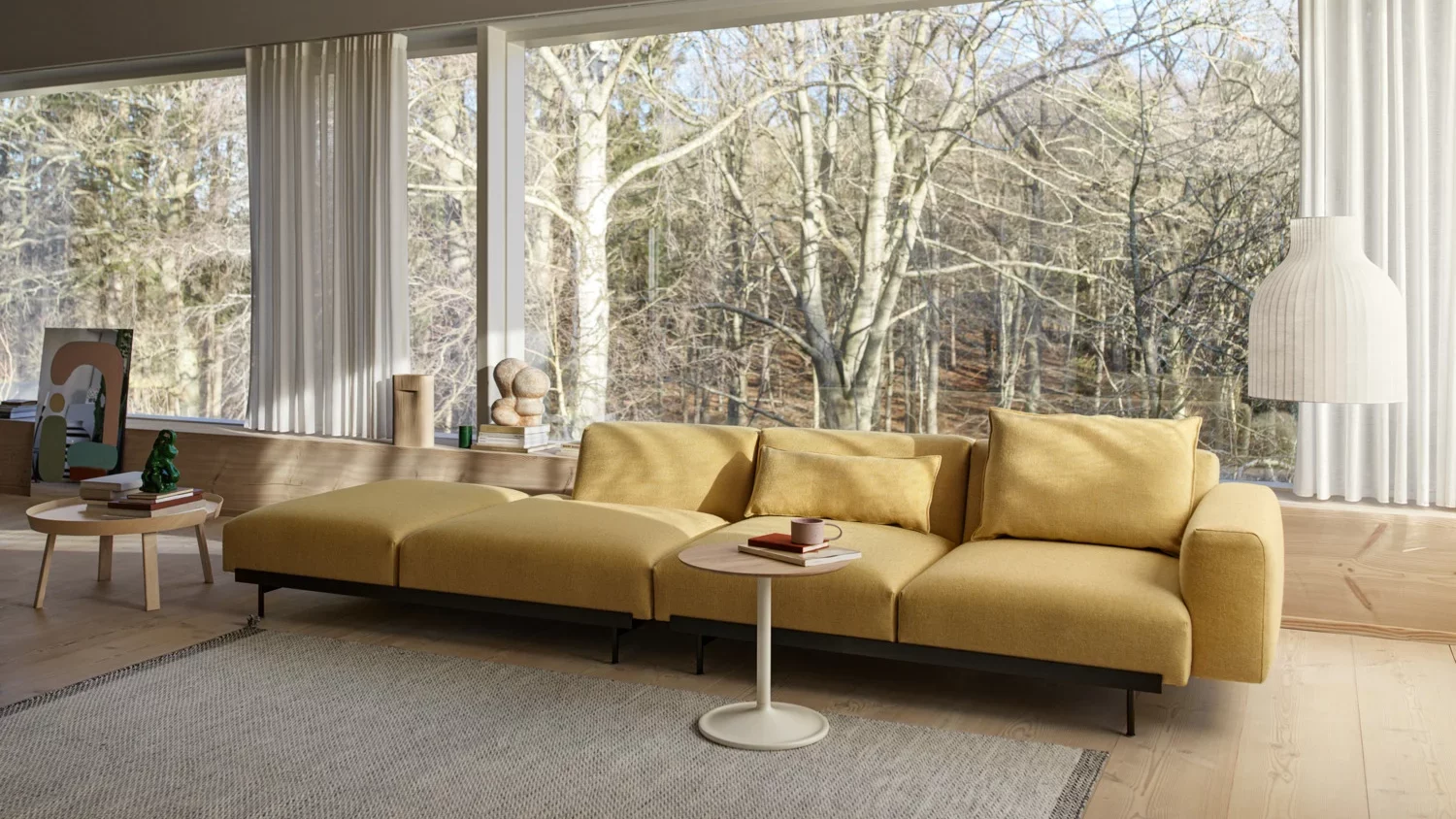
The Timeless Allure of Scandinavian Design
Navigating the annals of Scandinavian furniture design reveals timeless elegance, minimalism, and functionality. From historical roots to modern interpretations, its relevance stands strong today.
Our world constantly evolves, but Scandinavian design fundamentals remain steadfast. As design trends shift, its guiding principles point us to soulful interiors.
We invite you, dear reader, to embrace the world of Scandinavian design. Let its principles guide your choices, whether you’re revamping a space or just adding a touch of Nordic elegance. Dive deep into its rich heritage, celebrate its contemporary iterations, and look forward to its promising future. After all, good design, like the Scandinavian ethos, is timeless.
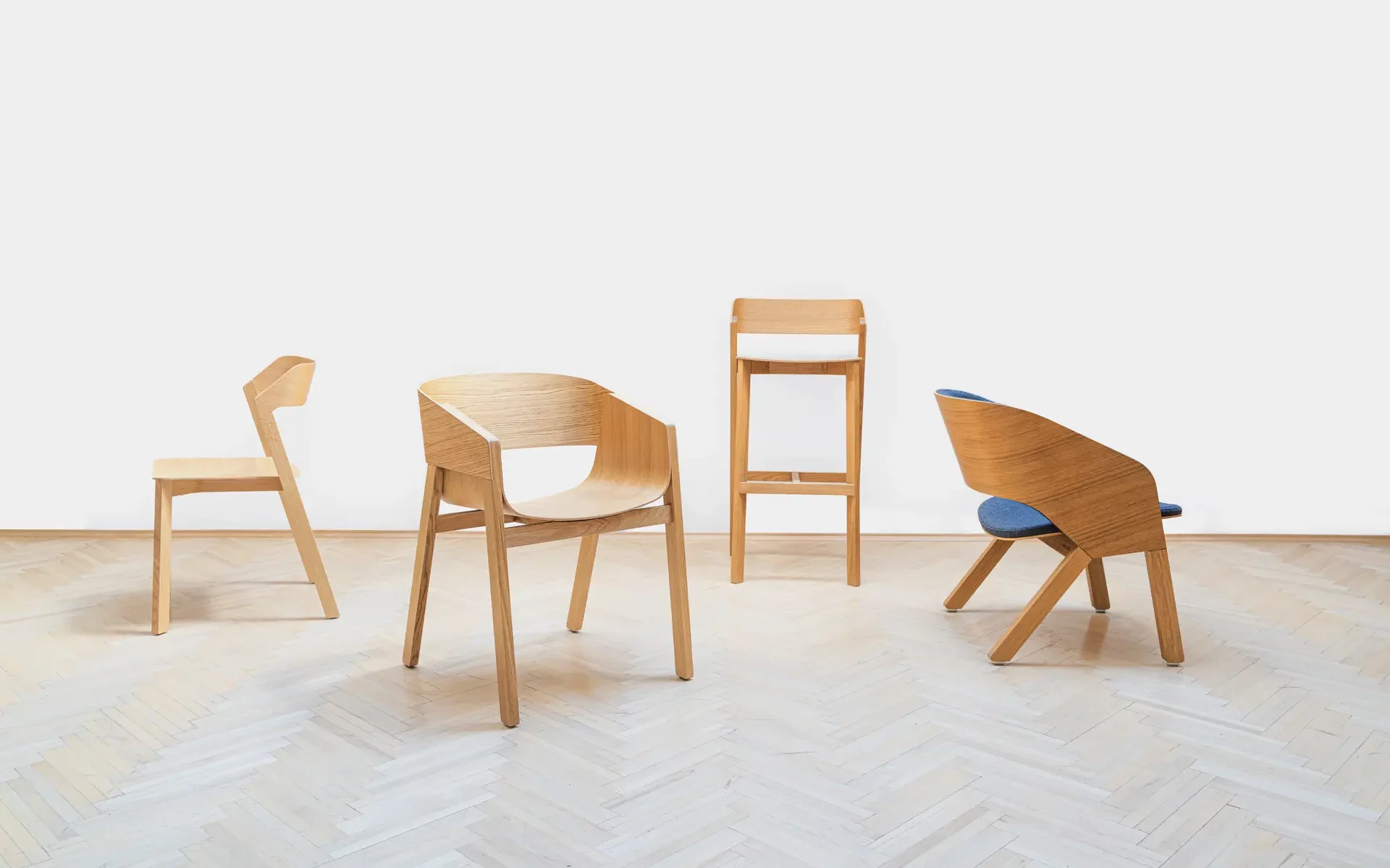
Frequently Asked Questions
Potential cons of Scandinavian design include its sometimes perceived as too simplistic or cold, the higher cost of authentic pieces, and its neutral palette might be viewed as lacking in vibrancy.
Yes, Scandinavian design, with its focus on simplicity, functionality, and timeless aesthetics, remains evergreen and adapts effortlessly to changing trends.
Adopting a Scandinavian lifestyle involves embracing simplicity in daily life, prioritizing well-being, fostering connections with nature, and valuing sustainability and quality over quantity.
While both styles appreciate natural materials, Scandinavian design is minimalist and neutral, whereas Boho embraces vibrant colours, eclectic patterns, and a mix of textures.
While often used interchangeably, Scandinavian design refers to the design movement originating from Sweden, Norway, and Denmark, emphasizing simplicity and functionality. Nordic design encompasses a broader scope, including Finnish and Icelandic designs, which might incorporate different cultural nuances.

